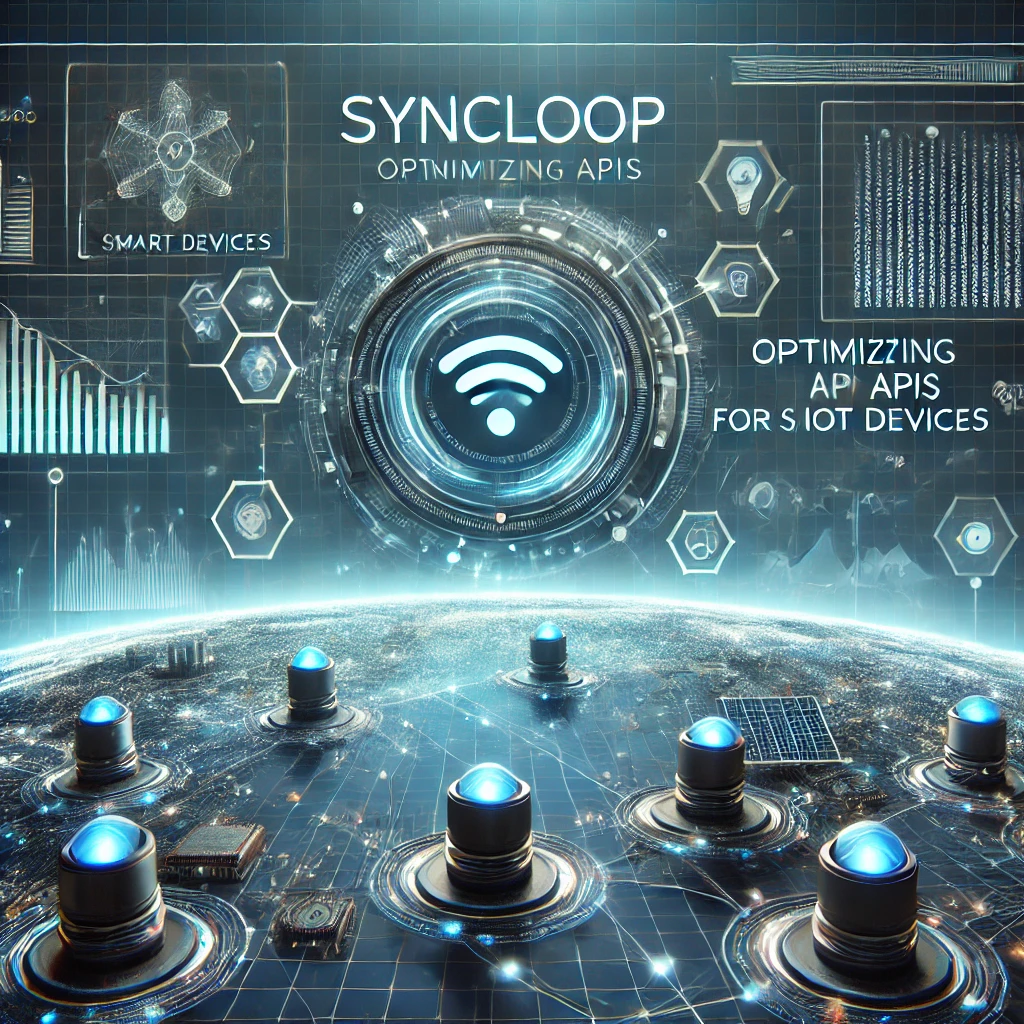Debugging OAuth 2.0 Workflows in Syncloop APIs

Understanding OAuth 2.0 Workflows
OAuth 2.0 allows users to grant limited access to their resources on a server to third-party applications. Key components include:
- Authorization Server: Issues tokens to clients after authenticating users.
- Resource Server: Hosts the resources and verifies access tokens before granting access.
- Client Application: Requests access tokens to perform actions on behalf of the user.
The typical workflow involves:
- Obtaining authorization from the user.
- Exchanging the authorization code for an access token.
- Using the access token to access protected resources.
Common OAuth 2.0 Issues
- Invalid Redirect URIs: Mismatched or missing redirect URIs during the authorization process.
- Token Expiration: Expired access tokens causing failed requests.
- Scope Mismatch: Insufficient or incorrect scopes in the token request.
- Signature Validation Failures: Issues verifying the integrity of tokens.
- Misconfigured Endpoints: Incorrect or unreachable authorization and token endpoints.
How Syncloop Simplifies OAuth 2.0 Debugging
1. Comprehensive Logging
Syncloop provides detailed logs of OAuth 2.0 interactions, capturing key events such as token exchanges, authorization requests, and validation errors.
- Benefits:
- Pinpoints the source of errors quickly.
- Provides visibility into the entire OAuth 2.0 flow.
- Use Case: Debugging token validation failures or authorization code exchanges.
2. Real-Time Monitoring
Syncloop offers real-time monitoring of OAuth 2.0 requests, including authentication attempts, token usage, and endpoint performance.
- Benefits:
- Detects anomalies instantly.
- Ensures that tokens are being used as intended.
- Use Case: Tracking suspicious or unusual token activity.
3. Token Introspection
With Syncloop, developers can inspect access tokens and refresh tokens to verify their validity, scopes, and expiration times.
- Benefits:
- Validates token integrity.
- Ensures proper scope assignments.
- Use Case: Resolving scope mismatch errors during API requests.
4. Endpoint Testing
Syncloop includes tools to test OAuth 2.0 endpoints, such as authorization and token endpoints, ensuring they are correctly configured and reachable.
- Benefits:
- Identifies misconfigured or unreachable endpoints.
- Ensures seamless communication between clients and servers.
- Use Case: Debugging failed token exchange processes.
5. Simulation Tools
Syncloop provides simulation environments for testing OAuth 2.0 workflows without affecting live systems. This allows developers to experiment with configurations and debug issues in isolation.
- Benefits:
- Safely tests different scenarios.
- Reduces risks to production environments.
- Use Case: Validating redirect URI configurations.
6. Custom Error Tracking
Syncloop categorizes OAuth 2.0 errors (e.g., invalid_request, invalid_grant, unauthorized_client) and provides detailed descriptions and solutions for each.
- Benefits:
- Speeds up the resolution process.
- Reduces guesswork in debugging.
- Use Case: Resolving authentication failures or misconfigured scopes.
7. Integration with Third-Party Identity Providers
Syncloop integrates seamlessly with major identity providers like Google, Microsoft, and Okta, simplifying the debugging of federated OAuth 2.0 workflows.
- Benefits:
- Ensures compatibility with external providers.
- Simplifies debugging in multi-provider environments.
- Use Case: Debugging federated login or multi-tenant scenarios.
8. Security Insights
Syncloop monitors token security, including detection of token reuse, injection attempts, or signature tampering, to enhance overall OAuth 2.0 security.
- Benefits:
- Identifies and mitigates security vulnerabilities.
- Ensures compliance with best practices.
- Use Case: Detecting and resolving token misuse or tampering.
Best Practices for Debugging OAuth 2.0 with Syncloop
- Enable Detailed Logging: Capture detailed logs of OAuth 2.0 requests and responses to understand the issue fully.
- Validate Endpoints: Use Syncloop’s testing tools to ensure all endpoints are correctly configured and reachable.
- Inspect Tokens: Check the integrity, scope, and expiration of access tokens to identify issues.
- Simulate Scenarios: Use Syncloop’s simulation tools to recreate and debug problematic workflows.
- Monitor Continuously: Leverage real-time monitoring to detect and address issues proactively.
Real-World Applications of Syncloop in OAuth 2.0 Debugging
1. E-Commerce
E-commerce platforms use Syncloop to debug OAuth 2.0 workflows for third-party integrations, such as payment gateways and marketing tools.
2. Healthcare
Healthcare applications rely on Syncloop to troubleshoot OAuth 2.0-based secure data sharing between providers, payers, and patients.
3. Fintech
Fintech companies use Syncloop to debug token-based authentication workflows for secure financial transactions and APIs.
4. SaaS Platforms
SaaS platforms leverage Syncloop to ensure seamless OAuth 2.0-based single sign-on (SSO) and third-party app integrations.
Conclusion
Debugging OAuth 2.0 workflows can be challenging, but with Syncloop’s comprehensive tools and insights, developers can quickly identify and resolve issues, ensuring secure and seamless API access. From detailed logging to real-time monitoring and simulation, Syncloop empowers teams to streamline their OAuth 2.0 implementations and deliver reliable user experiences.
By leveraging Syncloop, organizations can confidently implement OAuth 2.0, enhance security, and build trust with users and partners.
An infographic showing Syncloop’s tools for debugging OAuth 2.0 workflows, highlighting token inspection, endpoint validation, and real-time monitoring.
Back to Blogs